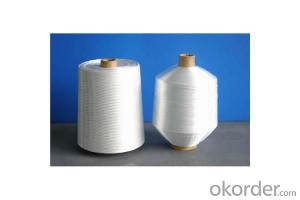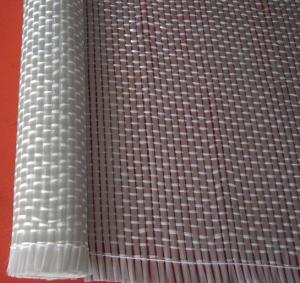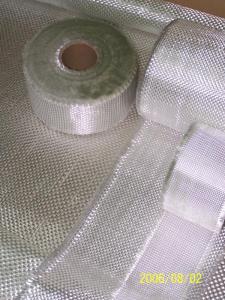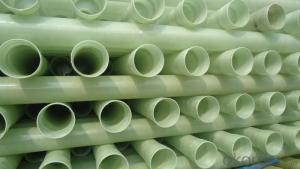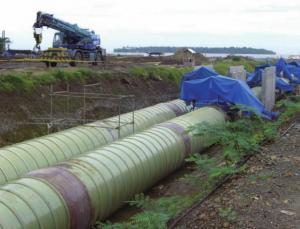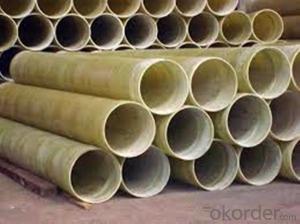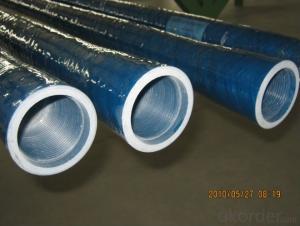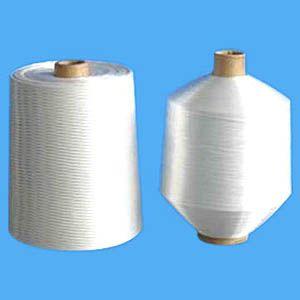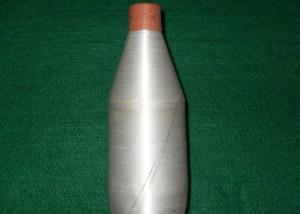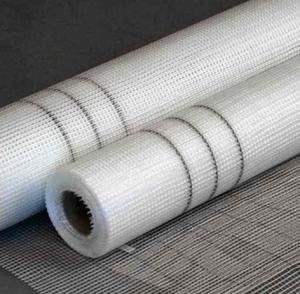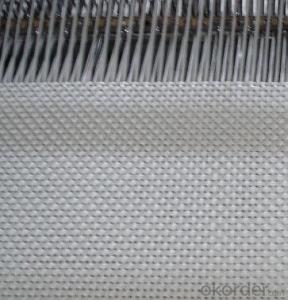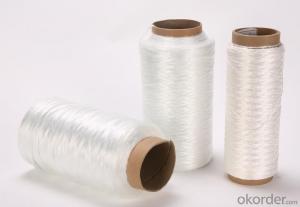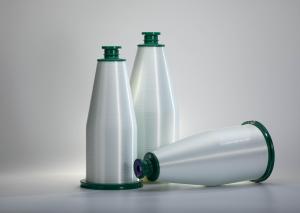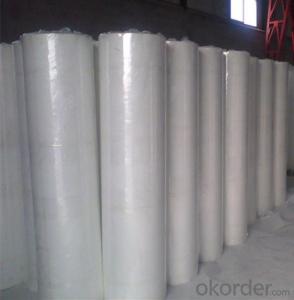E-Glass Fiber Glass Yarn For Tissue Manufacturing
- Loading Port:
- Qingdao
- Payment Terms:
- TT OR LC
- Min Order Qty:
- 20000 kg
- Supply Capability:
- 200000 kg/month
OKorder Service Pledge
OKorder Financial Service
You Might Also Like
1.Brief Introductions
E-Glass Fiber Glass Yarn For Tissue Manufacturing is a kind of additional twisting and plying yam. With the characteristics of high strength, corrosion resistance, heat resistance and high moisture absorption, no-alkali yam has high electric insulation, so it used to produce weaved wires and cables’ wrap cladding, protection sleeve, train of mine, insulation materials of electric machinery, every yam of woven cloth and other industrial yam. It can also supply big and little paper cube and other cube yams with different shapes and different roll weight.
2.Product Features
Good Dispersibility.
Less fuzzy.
Density Even
3.Product Specifications
Product Code | Tex | diameter (um) | Sizing. | breaking strength | Twist |
CC7.5-22-1/2 110S | 44 | 7.5 | paraffin | ≥15.5 | 110±10 |
EC9-33-1/2 65S | 66 | 9 | ≥24.1 | 65±5 | |
EC8-25-1/2 65S | 50 | 8 | ≥19.2 | 65±5 | |
CC9-33-1/2 65S | 33 | 9 | ≥20.6 | 65±5 | |
CC11-44-6/0 | 264 | 11 | ≥81.6 | ||
CC11-44-1/3 110S | 132 | 11 | silane | ≥40.8 | 28±3 |
EC9-68-1/0 28Z | 68 | 9 | ≥18.0 | 28±3 |
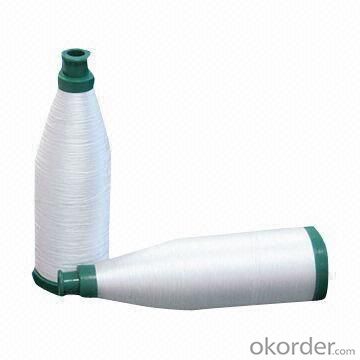
4.FAQ
Storage:
Unless otherwise specified,It should be stored in a dry, cool and rain-proof area. It is recommended that the room temperature and humidity should be always maintained at 15℃~35℃ and 35%~65% respectively.
Empty Bobbins Returning:
The bobbins need to be returned and the buyer shall send bobbins to destination port and bear the related charge one they can filled in a full 40HQ.The seller shall handle the sea fright from destination port to China port.Customer should pay some deposite for the empty bobbins and the deposite can be treated as the payment for the future orders after the bobbins are sent back to the seller.
- Q:Can fiberglass yarn be used for making upholstery cushions?
- Yes, fiberglass yarn can be used for making upholstery cushions.
- Q:How does fiberglass yarn affect the durability of a product?
- The durability of a product can be greatly improved by using fiberglass yarn, thanks to its unique properties. To begin with, fiberglass yarn possesses a remarkable tensile strength, meaning it can withstand tension without breaking or deforming. This strength allows products reinforced with fiberglass yarn to bear heavy loads or stress without compromising their structural integrity. Moreover, fiberglass yarn exhibits exceptional resistance to corrosion, moisture, and chemicals. This resistance makes it an excellent choice for products that are exposed to harsh environments or come into frequent contact with corrosive substances. Unlike other materials that may deteriorate or weaken over time, fiberglass yarn helps maintain the product's durability and lifespan, reducing the need for frequent repairs or replacements. Additionally, fiberglass yarn boasts excellent thermal and electrical insulation properties, making it suitable for a wide range of applications. It can withstand high temperatures without melting or warping, which is particularly advantageous in industries such as aerospace, automotive, and construction. Moreover, fiberglass yarn has low electrical conductivity, minimizing the risk of electrical hazards in products where insulation is crucial, such as electrical cables or circuit boards. In conclusion, fiberglass yarn plays a significant role in enhancing product durability. Its high tensile strength, resistance to corrosion and chemicals, as well as its thermal and electrical insulation properties, all contribute to making products more robust, reliable, and long-lasting.
- Q:Can fiberglass yarn be used in electrical connectors?
- Indeed, electrical connectors can utilize fiberglass yarn. Functioning as insulation material, fiberglass yarn exhibits remarkable electrical insulation properties due to its high dielectric strength and resistance to high temperatures. Consequently, it proves suitable for electrical connectors where insulation holds utmost importance. By weaving or braiding the fiberglass yarn around the conductors, insulation and safeguarding against electrical short circuits can be effectively achieved. Furthermore, its durability is enhanced by its resistance to chemicals and abrasion, rendering it a resilient option for electrical connectors.
- Q:What are the different thicknesses or weights of fiberglass yarn available?
- Fiberglass yarn is available in various thicknesses or weights to suit different applications and requirements. The thickness or weight of fiberglass yarn is typically measured in terms of the tex or denier. Tex is a unit of linear mass density, and it represents the weight in grams of 1,000 meters of yarn. The tex measurement system is commonly used for industrial applications. Fiberglass yarn is available in tex ranges such as 50 tex, 100 tex, 200 tex, and so on. The higher the tex value, the thicker and heavier the yarn will be. Denier is another unit of linear mass density, commonly used for consumer textiles. It represents the weight in grams of 9,000 meters of yarn. Fiberglass yarn can also be measured in denier, with options such as 300 denier, 600 denier, 900 denier, and more. Similar to tex, a higher denier value indicates a thicker and heavier yarn. The specific thickness or weight of fiberglass yarn required depends on the intended use. For example, thinner and lighter yarns may be suitable for applications such as reinforcement in composites, while thicker and heavier yarns may be more appropriate for insulation or thermal protection purposes. It is important to note that different manufacturers may offer a range of tex or denier options, and they may also have their own unique specifications and tolerances. Therefore, it is recommended to consult with the manufacturer or supplier to determine the specific thickness or weight options available for fiberglass yarn.
- Q:Can fiberglass yarn be used for making backpacks or bags?
- Yes, fiberglass yarn can be used for making backpacks or bags. It is a strong and durable material that provides excellent resistance to wear and tear. Additionally, fiberglass yarn offers good tensile strength, which makes it suitable for carrying heavy loads. However, it is important to consider that fiberglass can be slightly abrasive, so it may be necessary to line the backpack or bag with a softer material for added comfort.
- Q:Is fiberglass yarn safe for skin contact?
- Yes, fiberglass yarn is safe for skin contact when used properly. Fiberglass yarn is made from fine fibers of glass that are woven together to create a strong and durable fabric. It is commonly used in various applications such as insulation, textiles, and even in certain types of clothing. When in contact with the skin, fiberglass yarn does not pose any immediate health risks. However, it is important to note that direct and prolonged exposure to fiberglass fibers can cause irritation and itching due to the tiny glass particles irritating the skin. In some cases, it can even lead to more severe allergic reactions. To minimize the risk of skin irritation, it is recommended to avoid direct and prolonged contact with fiberglass yarn. If you need to handle fiberglass yarn or work with materials that contain fiberglass, it is advisable to wear appropriate protective clothing, such as gloves and long-sleeved shirts, to prevent direct contact with the skin. Additionally, it is crucial to follow proper handling and cleaning procedures when working with fiberglass yarn to avoid dispersing loose fibers into the air. Inhaling fiberglass particles can be harmful to the respiratory system. Therefore, it is important to handle fiberglass yarn in well-ventilated areas or use appropriate respiratory protection if necessary. In summary, fiberglass yarn is generally safe for skin contact as long as precautions are taken to minimize direct exposure and proper handling procedures are followed. It is always recommended to consult the manufacturer's instructions and take necessary safety measures to ensure the safe use of fiberglass yarn.
- Q:Can fiberglass yarn be used for making rugs?
- Yes, fiberglass yarn can be used for making rugs.
- Q:How does fiberglass yarn perform in extreme weather conditions?
- The excellent performance of fiberglass yarn in extreme weather conditions is well-known. This is because of its inherent properties that give it a high resistance to temperature changes, humidity, and harsh weather elements. When it comes to extreme heat, fiberglass yarn shows remarkable resistance, maintaining its strength and structural integrity even at high temperatures. This makes it perfect for industries like aerospace, automotive, and construction, where materials need to endure intense heat without compromising their performance. Likewise, in extreme cold weather, fiberglass yarn remains strong and durable, without becoming brittle or losing its flexibility. It can handle freezing temperatures without cracking or breaking, making it suitable for insulation in cold storage facilities, refrigeration units, and pipelines. Fiberglass yarn is also highly resistant to moisture and does not absorb water, preventing damage or degradation caused by humidity or rain. It does not rot or decay when exposed to moisture, making it an excellent choice for outdoor applications such as boat construction, roofing, and outdoor furniture. Additionally, fiberglass yarn is highly resistant to UV radiation and does not degrade or fade when exposed to sunlight. This UV resistance ensures that the yarn retains its strength and appearance even after prolonged exposure to the sun. It is commonly used in outdoor structures like awnings, canopies, and sunshades. Overall, fiberglass yarn performs exceptionally well in extreme weather conditions. Its ability to withstand heat, cold, moisture, and UV radiation makes it a reliable and durable material for a wide range of applications, delivering long-lasting performance even in the toughest environments.
- Q:How does the surface finish of fiberglass yarn affect its handling?
- The surface finish of fiberglass yarn plays a significant role in determining how the yarn handles during various manufacturing processes. The surface finish refers to the treatment or coating applied to the fiberglass yarn to enhance its performance and functionality. A smooth surface finish on fiberglass yarn can have several benefits. It allows for better handling and reduces friction, making it easier to work with during weaving, braiding, or knitting processes. The smooth surface finish also minimizes the chances of the yarn tangling or snagging, resulting in a more efficient manufacturing process. Additionally, a smooth surface finish can improve the yarn's appearance, making it more aesthetically pleasing in the final product. On the other hand, a rough or textured surface finish can alter the handling characteristics of fiberglass yarn. While it may provide better grip or adhesion in certain applications, it can also increase friction and make the yarn more challenging to handle. A rough surface finish may lead to more frequent tangles, snags, or breaks during manufacturing, which can slow down the overall production process. It is important to note that the desired surface finish of fiberglass yarn depends on the specific requirements of the end product. Different industries and applications may require different handling characteristics. For instance, a smooth surface finish may be preferred for textiles or composite materials used in aerospace, automotive, or marine applications, where ease of handling and reduced friction are essential. Conversely, a rougher surface finish may be more suitable for applications that require enhanced adhesion, such as in insulation or construction materials. In conclusion, the surface finish of fiberglass yarn significantly affects its handling during manufacturing processes. A smooth surface finish generally improves handling by reducing friction and minimizing tangles or snags. Conversely, a rough or textured surface finish may have specific benefits in terms of adhesion, but can also increase friction and make the yarn more challenging to handle. The choice of surface finish depends on the specific requirements of the end product and the industry in which it is used.
- Q:How does fiberglass yarn perform in high-temperature environments?
- Fiberglass yarn performs well in high-temperature environments due to its excellent heat resistance properties. It can withstand extreme heat without losing its strength or structural integrity. This makes it a suitable material for applications such as insulation, protective clothing, and fireproofing.
1. Manufacturer Overview |
|
|---|---|
| Location | |
| Year Established | |
| Annual Output Value | |
| Main Markets | |
| Company Certifications | |
2. Manufacturer Certificates |
|
|---|---|
| a) Certification Name | |
| Range | |
| Reference | |
| Validity Period | |
3. Manufacturer Capability |
|
|---|---|
| a)Trade Capacity | |
| Nearest Port | |
| Export Percentage | |
| No.of Employees in Trade Department | |
| Language Spoken: | |
| b)Factory Information | |
| Factory Size: | |
| No. of Production Lines | |
| Contract Manufacturing | |
| Product Price Range | |
Send your message to us
E-Glass Fiber Glass Yarn For Tissue Manufacturing
- Loading Port:
- Qingdao
- Payment Terms:
- TT OR LC
- Min Order Qty:
- 20000 kg
- Supply Capability:
- 200000 kg/month
OKorder Service Pledge
OKorder Financial Service
Similar products
New products
Hot products
Hot Searches
Related keywords
